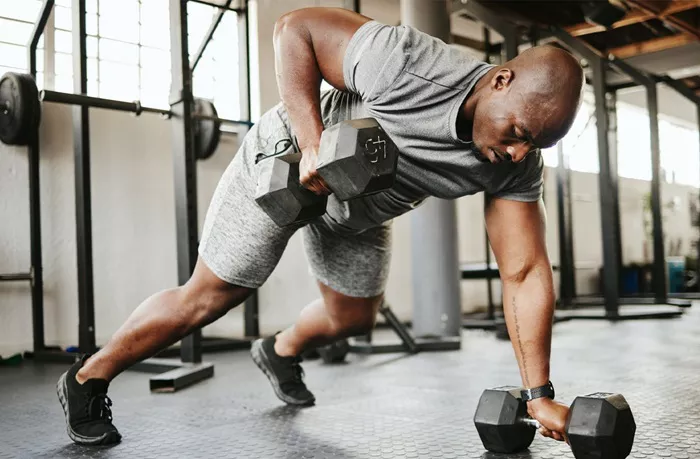If you want to slim down for summer, you have likely heard about cardio, counting calories, and meeting daily step goals. However, one method that often gets overlooked is strength training. You don’t have to be a bodybuilder to benefit from lifting weights. In fact, adding resistance exercises to your routine may be exactly what you need if your current workouts are not giving you the results you want.
Unlike high-impact cardio, strength training is gentler on your joints. It also offers benefits that last long after you leave the gym. Strength training boosts your metabolism, builds lean muscle, and helps your body burn more calories even when you are resting. To understand how lifting weights supports fat loss and why it is effective, I spoke with fitness experts. They also shared advice on how anyone can get started, regardless of fitness level.
Cardio vs. Strength Training
There is ongoing debate about which exercise is better for shaping your body: cardio or strength training. Oscar Colon IV, a personal trainer based in New York City, explains that cardio burns more calories during the workout itself and is important for heart health. However, strength training works differently. It burns calories not only during the workout but also afterward while your muscles recover. This means you get more value from the effort you put in.
Most experts recommend including both cardio and strength training in your fitness plan. How much of each you do depends on your goals. For example, if you are training for a marathon, cardio will be your main focus. If you want to build muscle or get stronger, strength training should take priority.
How Muscle Helps You Burn Fat
Strength training helps burn calories both during and after exercise because it builds lean muscle. More lean muscle raises your resting metabolic rate (RMR), which is the number of calories your body burns while at rest. Your resting metabolism supports vital functions like organ activity, breathing, and circulation.
Rachel MacPherson, a certified personal trainer and performance specialist, notes that muscle tissue is “metabolically active.” This means it burns calories even when you’re not moving. Although the extra calories burned may seem small, they add up over time. Muscle also helps counteract the natural decline in metabolism and muscle mass as you age, which often leads to weight gain in middle age.
Additionally, strength training causes your body to keep burning calories after a workout as it returns to a resting state. This effect, called excess post-exercise oxygen consumption (EPOC), means you continue to burn calories while your body cools down and recovers.
How Long Does It Take to Build Muscle?
Since lean muscle is important for fat burning, many wonder how fast they can build it. The answer varies depending on genetics, hormones, gender, diet, and other factors. Colon says if you train consistently three to four times a week for about 30 minutes, you can expect to see results in three to four weeks.
MacPherson adds that a 12- to 16-week focused strength training program is ideal for noticeable muscle growth. During this time, you could gain five to ten pounds of muscle. She explains that beginners often see faster progress, a phenomenon called “newbie gains,” because their bodies respond quickly to weight training. Research shows untrained people build muscle faster than those who are already experienced.
Men and women build muscle differently. Men usually gain muscle more easily and quickly due to testosterone. Women can build significant muscle but generally won’t appear as large unless they use steroids. MacPherson stresses the importance for women to lift enough weight and eat enough calories to support muscle growth. Restrictive dieting can prevent muscle gain.
A proper diet is essential for building muscle. MacPherson advises eating a calorie surplus with plenty of protein. Gaining some body fat during this process is normal and necessary. You can lose the extra fat later, and it will be easier once your muscle mass increases.
Other Benefits of Strength Training
Strength training improves more than just fat loss and muscle strength. Colon points out that it supports bone health by putting stress on bones, which signals them to grow stronger.
It also reduces injury risk by strengthening muscles, ligaments, and tendons, especially around major joints like knees, hips, and ankles. This added stability protects you during physical activity.
Strength training benefits heart health too. It can lower blood pressure, reduce the risk of type 2 diabetes, improve circulation, and lower bad cholesterol (LDL). Exercise also positively affects mental health. Resistance training has been shown to reduce anxiety.
The Bottom Line
Understanding how strength training uniquely affects your body can help you create an effective exercise routine. Building muscle naturally boosts fat burning and maintains your strength as you age. You can start strength training at home with basic equipment and still achieve good results.
Even if your goal isn’t weight loss, strength training offers many benefits that improve overall health and well-being. Adding it to your lifestyle is a smart choice for long-term fitness and vitality.

